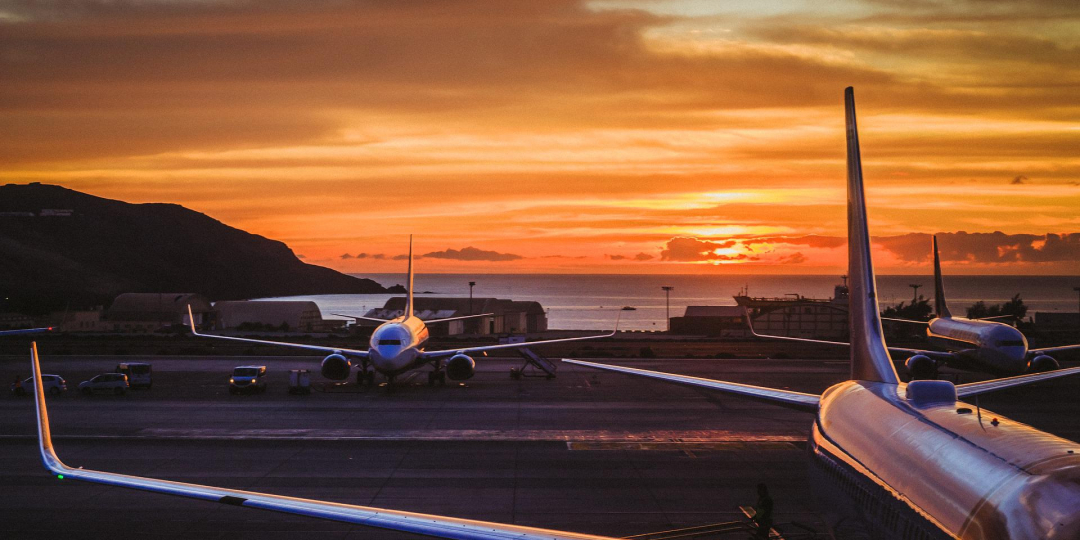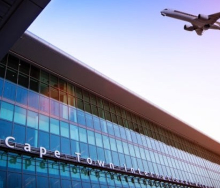In terms of airport recovery across the world, 2022 looks likely to end with airports operating at 85% of 2019 capacity. Capacity is currently at 84% of pre-pandemic levels, which is still 21% higher than the same time last year. This is despite several challenges faced by the global aviation industry this year, from operational and staffing woes to flight cancellations and passenger caps.
This is according to OAG, a global travel data provider headquartered in the UK with a large network of flight information data including schedules, flight status, connection times and industry reference codes such as airport codes.
According to regional data showing airports’ operating capacity each month from April 2021 until now, and how each month compares with that same month’s figures from 2019, Latin America currently leads the way in air traffic recovery. All other regions have yet to reach their pre-pandemic volumes, although China is just 1% away from 2019 capacities.

India saw the highest peak in air traffic recovery this year, with volumes in April 2022 reaching 11% higher than in April 2019. OAG projects that India will finish 2022 as the region with the third most-recovered airports, behind China and Latin America, which are in first and second place respectively.
Africa will finish as the seventh most-recovered region (December 2022 volumes just 13% below December 2019), after North America, the Middle East, and Europe, which are in fourth, fifth, and sixth place respectively. Airports from the Southwest Pacific are predicted to close 2022 at 15% below 2019 capacity, while Asia (excluding China and India) will only reach 27% below pre-pandemic capacity.
As for Asian airports, Hong Kong still sits at 80% below 2019 capacity levels.
European airports hit by caps
European airports saw a particularly challenging summer season this year, faced with ongoing resourcing challenges and understaffing in the face of a high comeback demand for travel.
This was compounded by Heathrow Airport’s cap on departing passengers of 100 000 per day, as well as Frankfurt Airport’s cap on all arriving and departing flights to 88 per hour.
Amsterdam Schiphol Airport also capped passenger numbers at 72 500 in August, 67 500 in September, and 69 500 in October. Europe as a region had around 1,2% of its flights cancelled in October, according to the data below:

Flight cancellations and delays became the norm, severely frustrating airlines and travellers. Globally, 3,5% of all flights were cancelled in September, higher than the previous two months (2,8% in July and 2,7% in August), also globally.
The Asia Pacific region was significantly higher than the rest of the world in terms of cancellations, with 9,2% of flights cancelled on average in September.
The outlook
As the Northern hemisphere winter approaches, OAG summarises the following challenges to airport recovery:

However, it is worth noting that since OAG published the above infographic, China has made notable strides towards reopening. Click here to read more.














